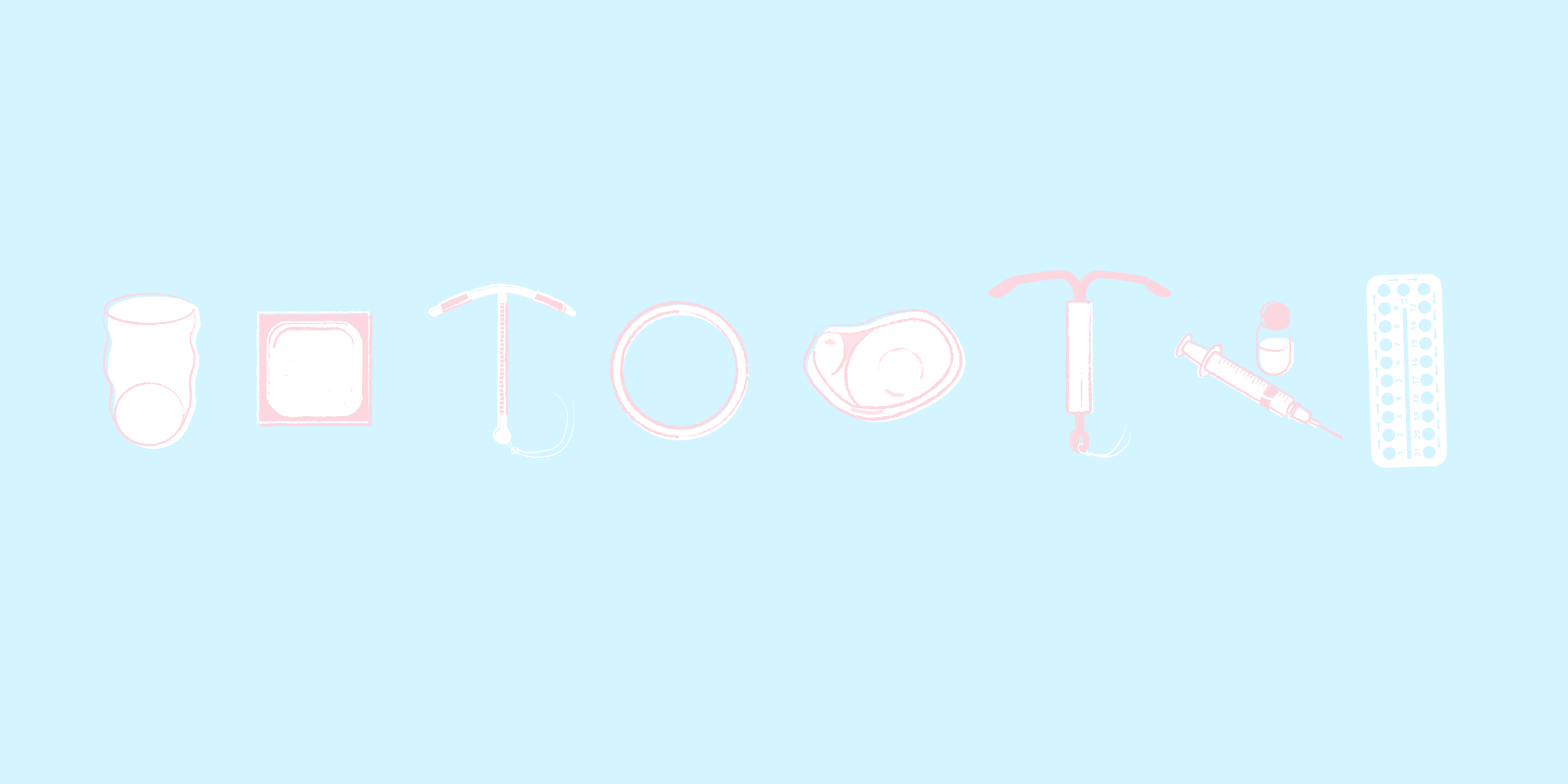Key Takeaways
- Are you experiencing the exciting changes in your body during pregnancy and want to know what to expect in each trimester?
- From the first hormonal changes to the growing baby bump and later adjustments to your breathing and circulation - this article will guide you through all the important developments and show you how you can best prepare for this special time.
- Discover practical tips and valuable information to help you better understand your body's signals and consciously enjoy your pregnancy.
Are you expecting a baby and wondering how your body will change during pregnancy? The physical changes during pregnancy are many and varied and often begin in the first few weeks after conception. During this special time, your body adapts to the needs of your growing baby and undergoes amazing adjustment processes.
From hormonal changes to weight gain and water retention, the changes are different in all three trimesters. You will go through different phases, characterized by early symptoms such as morning sickness and later developments such as more frequent urination. This article will tell you what physical changes to expect in each phase of your pregnancy.
Physical changes in the first trimester
The first trimester of your pregnancy is marked by fundamental physical changes, triggered by an intense hormonal adjustment.
Hormonal adjustments
Your body begins a remarkable hormonal transformation immediately after fertilization. Your metabolism increases by a fifth, and your blood plasma increases by 20-40 %. These changes are mainly controlled by three important hormones:
- Progesterone: Ensures the thickening of the uterine lining and prevents premature contractions.
- Estrogen: Promotes blood flow and prepares the mammary glands.
- HCG: Increases every two days in the first ten weeks.
Nausea and vomiting
So-called “morning sickness” affects 70-80 % of all pregnant women. Contrary to popular belief, this nausea can occur at any time of day. Three to four episodes of vomiting per day are still considered normal.
Helpful measures against nausea:
- Small, regular meals
- Sufficient fluid intake
- Ginger in various forms
- Avoiding spicy or fatty foods
Tiredness and exhaustion
The pronounced tiredness in the first three to four months is a natural consequence of the physical changes. The reason for this lies in the increased progesterone level, which has a calming effect on the brain. In addition, low blood pressure and a slower metabolism lead to an increased need for sleep.
Changes in the breasts
Your breasts react to the pregnancy very early on. Typical changes include:
- An increase in size and swelling
- Increased sensitivity
- More visible veins
- Darkening of the nipples and areolas
These changes are controlled by the hormones estrogen and HPL (human placental lactogen), which promote the development of the mammary glands. After the 12th week of pregnancy, these changes intensify even further, while the initial feelings of tension usually subside.
Remember that all these changes are normal and show that your body is optimally adjusting to the pregnancy. However, if you suffer from particularly severe symptoms or are unsure, do not hesitate to contact your midwife or gynecological specialist.
Physical changes in the second trimester
The second trimester is considered the most pleasant phase of your pregnancy. The initial complaints subside and you can become more aware of the visible changes in your body.
Growing baby bump
From the 13th week of pregnancy, your baby bump will be clearly visible. The uterus continues to grow and will reach a position above your belly button towards the end of the second trimester. Your midwife will monitor this development by regularly measuring the so-called fundal height, which indicates the distance between the pubic bone and the upper edge of the uterus.
Weight gain
During this phase, you will notice that you are putting on more weight. In the second trimester, you will gain an average of 250 grams per week, which corresponds to about 6 kilograms by the end of this phase. The recommended total weight gain during pregnancy is:
- For women of normal weight*: 11.5 to 16 kilograms
- For overweight women*: a little less
- For underweight women*: a little more
Your calorie requirement increases by about 250 calories per day during this time. The weight gain is made up of the growth of the baby, the placenta, the uterus, and water and fat deposits.
Changes to the skin
With the growing belly, stretch marks (striae) can occur. About 90% of all pregnant women* are affected. These stretch marks initially appear as:
- Pink to blue-violet lines
- Mainly on the stomach, breasts and thighs
- Varying in severity from one person to the next
The formation of these stretch marks cannot be completely prevented despite various care products, as they are often genetically determined.
Back pain
About half of all pregnant women* experience back pain, especially in the lower back. This often occurs around the 24th week of pregnancy and can present as:
- Sudden, one-sided sciatica-like pain
- Dull, persistent pain in the sacrum
The causes are varied:
- Shift in the center of gravity due to the growing belly
- Loosening of the joint attachments and ligaments due to the hormone relaxin
- Additional strain due to the increasing weight
Helpful measures against back pain:
- Regular, moderate exercise such as swimming or yoga
- Upright posture in everyday life
- Warm compresses and gentle massage
- Use of a pregnancy belt for added stability
Remember that all of these changes are normal and show that your body is optimally adjusting to your baby's growth. The second trimester offers you the opportunity to get used to your changing body and consciously experience pregnancy.
Physical changes in the third trimester
During the last trimester of your pregnancy, you will experience some of the most noticeable physical changes. Your baby is now so big that it has a direct influence on many of your bodily functions.
Breathing difficulties
The enlarged uterus and hormonal changes noticeably affect your breathing. The increased progesterone level signals your body to breathe faster and deeper. This causes you to:
- Get out of breath more quickly, especially during exertion
- Have a higher breathing rate than non-pregnant women
The good news: From the 36th week of pregnancy, breathing will become easier again as your baby slides deeper into the pelvis.
Water retention
Water retention (edema) occurs particularly in the legs when the growing uterus impairs blood flow from the legs to the heart. This can account for up to three kilograms of your total weight.
Effective measures against water retention:
- Wearing elastic support stockings
- Frequent elevation of the legsLying on the left side
Sleep problems
Sleep disorders in the third trimester affect about 3 out of 4 women*. The main reasons for this are:
- Adjustment of the usual sleeping position
- Problems with the supine position
- Increased sensitivity to noise
- Increased heartburn
Important: The side position, especially on the left side, is the optimal sleeping position in the third trimester. It prevents your uterus from pressing too hard on the large vena cava.
Tips for better sleep:
- Low-sugar and low-fat diet in the evening
- Regular exercise in the fresh air
- Use of a nursing pillow
- Relaxation exercises before going to bed
Frequent urge to urinate
The increased urge to urinate is one of the most typical complaints in the last trimester. The causes are:
- pressure of the enlarged uterus on the bladder
- increased amount of blood that needs to be processed by the kidneys
Important facts about the frequent urge to urinate:
- occurs particularly in the last third of pregnancy
- intensifies when the baby slides into the pelvis
- It is a normal and common pregnancy symptom
Note: Do not reduce your fluid intake to avoid going to the toilet. Drinking enough fluids is important for your health and that of your baby.
Practical tips:
- Lean forward when urinating to help empty the bladder
- Avoid caffeinated drinks
- Monitor the color of your urine – it should be pale yellow
Warning signs that you should visit a doctor:
- Severe swelling of the hands
- Sudden increase in swelling
- Swelling of only one leg
- Blood pressure of 140/90 mmHg or higher
These physical changes can be challenging, but in most cases they are perfectly normal. They show that your body is optimally preparing for the upcoming birth. If you are unsure or experience more severe discomfort, do not hesitate to contact your midwife or gynecologist.
Conclusion
The physical changes that occur during pregnancy are a testament to your body's amazing adaptability. From the early hormonal changes and the growth of your baby bump to the later adjustments to your breathing and musculoskeletal system, each phase of your pregnancy brings its own unique changes. These developments follow a natural rhythm, preparing you step by step for the birth of your child.
During pregnancy, your body performs extraordinary feats to provide your baby with optimal conditions for growth. Even though some of the changes can be challenging, you can trust that they fulfill important functions and contribute to your child's well-being. During this special time, stay in close contact with your midwife or gynecologist and listen to your body. This knowledge will help you to better understand the changes in your body and experience your pregnancy more consciously.
References & Literature
- Olivia, B. & Nadia, B., Frontiers in Endocrinology, Hormonal Changes Associated With Intra-Uterine Growth Restriction: Impact on the Developing Brain and Future Neurodevelopment, 2019
- Pratap, K. & Navneet. M., Hormones in pregnancy, Journal of the Nigerian Medical Association, 2012, 53(4):, page 179–183.
- Theofanakis C, Drakakis P, Besharat A, Loutradis D., Human Chorionic Gonadotropin: The Pregnancy Hormone and More, International Journal of Molecular Sciences. 2017;18(5),
- Nadia Berkane, Philippe Liere, Jean-Paul Oudinet, Alexandre Hertig, Guillaume Lefèvre, Nicola Pluchino, Michael Schumacher, Nathalie Chabbert-Buffet, From Pregnancy to Preeclampsia: A Key Role for Estrogens, Endocrine Reviews, 1 April 2017, Vol.38, Issue 2, Pages 123–144.
- Sabino J, Grauer JN. Pregnancy and low back pain. Curr Rev Musculoskelet Med. 2008; 1(2), page 137-141.
- Moin, Athar & Jabery, Zahra & Fallah, Nader., Prevalence and awareness of melasma during pregnancy, International journal of dermatology, 2006, 45. 285-8.
- McEvoy A, Tetrokalashvili M., Physiology, Pregnancy Contractions, StatPearls, 2020 Jan-.
- Nissen, E., Lija, G., Widström, A. M. & Uvnäs-Moberg K., Elevation of oxytocin levels early post partum in women, Acta Obstetricia et Gynecologica Scandinavica, 1995, Article consulted on April 21st 2020.





